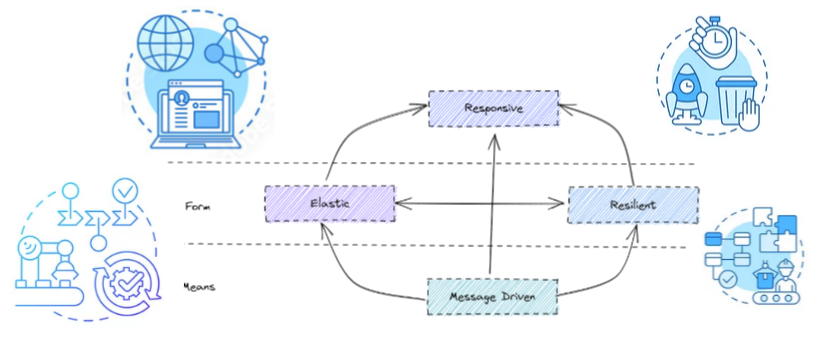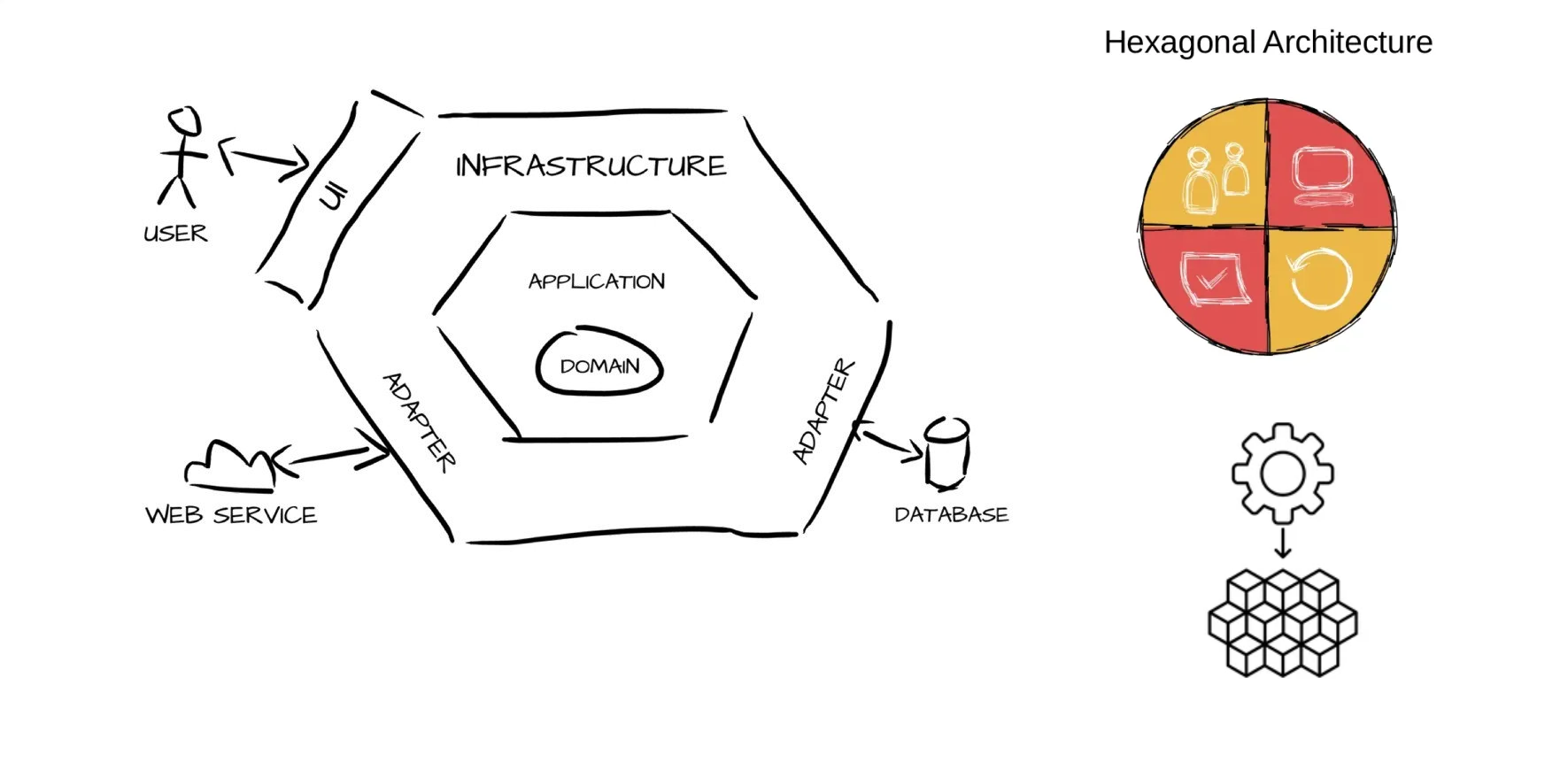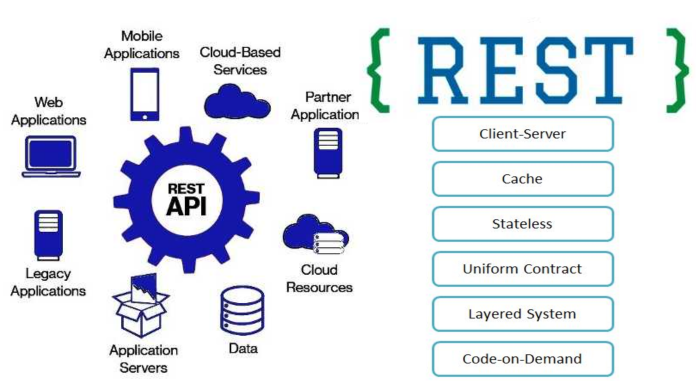
Reactive Manifesto
The Reactive Manifesto describes how to design and architect Reactive systems according to your needs.Systems built as Reactive Systems are more Reliable, flexible, loosely coupled, scalable and resilient. This makes them easier to develop and amenable to change. Reactive systems are more tolerant of failure and when failure does occur, they meet it with elegance rather than disaster.



